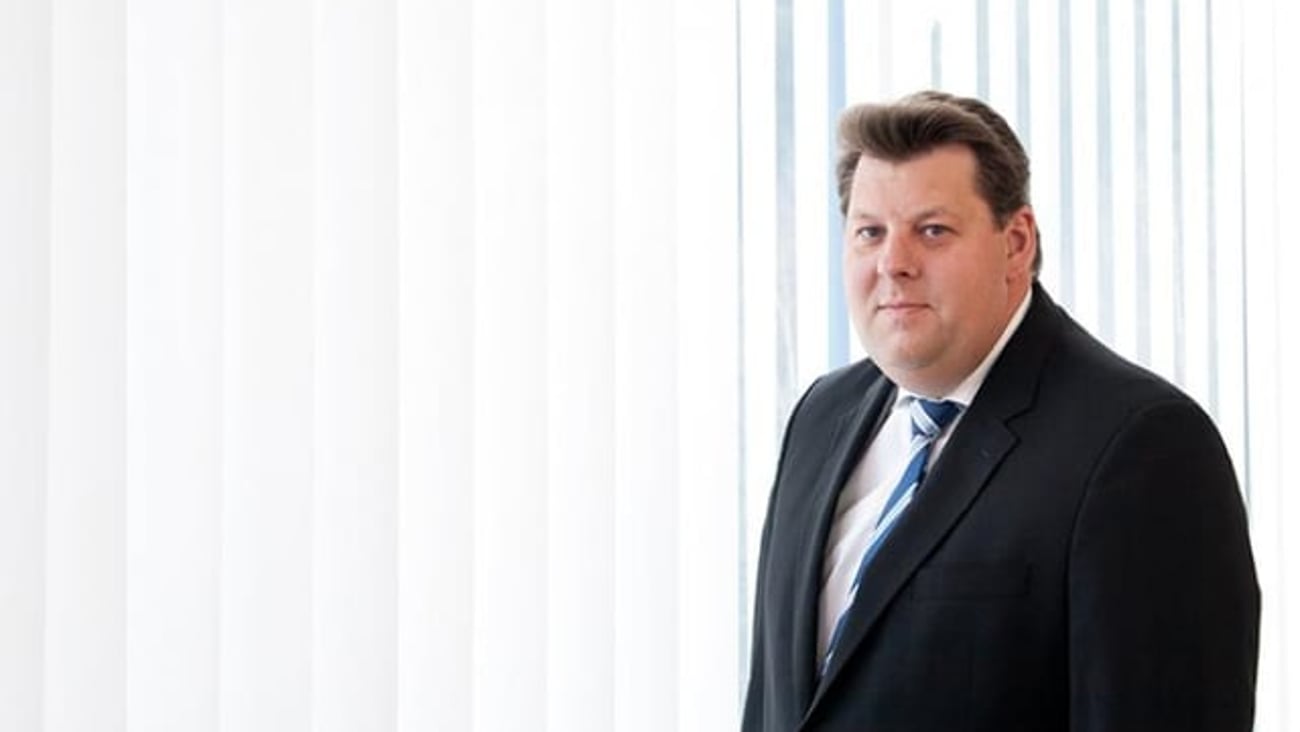Department Stores Are Getting Smaller (And Smarter)
We’ve become too conditioned to the idea that “bigger is better,” especially in the United States. But if you’ve gone shopping over the last six months to a year, you might have noticed that this paradigm is beginning to shift – at least in the retail space.
When you think about your local department store, your mind might automatically visualize a massive, sprawling building with hundreds of racks of clothing, entire floors dedicated to shoes or accessories, and a general feeling of overwhelm due to the vast amount of merchandise laid out in front of you. But a new trend has seemingly taken over the retail industry, especially as it pertains to department stores.
As consumer behavior and expectations continue to evolve, small format stores – which are simply defined by a large retail chain that offers only part of their range in a smaller store – are beginning to take over the retail industry.
Major department stores such as Bloomingdales, Macy’s, and Nordstrom have already hopped on the bandwagon, opening stores that are a fraction of the size of their existing locations that typically range from 150,000 to 200,000 square feet.
But what is the purpose of this transition? The small format solution is intended to provide a solution to the decrease in revenue that so many stores are experiencing as of late. While we are halfway into 2023, it’s fair to say that it’s been a difficult year financially.
Between inflation and other economic factors, businesses across various industries have faced incredible challenges keeping up with costs and turning a profit. Small format stores offer a solution to this by having lower rents, fewer employees, and less inventory. All of this results in lower overhead overall, which in turn, creates a larger profit margin.
All of this is great and certainly offers business owners a unique opportunity to re-strategize and create a more impactful long-term business plan, but there is one element to small format stores that if overlooked, could become disastrous.
As mentioned above, one of the positives to small format stores is having less inventory. But less inventory means brands must be more strategic about the merchandise they choose to sell and more specifically, the categories they opt to have in their stores.
The benefits of a large retail store are that they have the space to hold a variety of sizes, colors, styles, etc. This means that when customers come in to buy something, they can usually expect to leave with exactly what they need. This is also similar to e-commerce sites where retailers can offer almost unlimited styles, color, and sizes. But when the size of the retail store diminishes, so does the ability to house all those options. This causes retailers to turn to data for merchandise decision-making.
Historically, department stores have relied on sales data to inform their decision making. Unfortunately, this type of data only provides visibility into what did and didn’t sell after the fact. What businesses really need is the same real-time insight into the customer behavior that they have for e-commerce decision-making. This is especially true as stores get smaller.
When we refer to customer behavior, we are referring specifically to how consumers interact with the merchandise from first touch all the way to the customer’s closet. This creates a customer journey that allows us to track whether the merchandise is being seen by the customer, moved around the store, tried on and purchased (or not purchased), or not being tried on at all.
This insight allows retailers to better understand what products are resonating with their local audience and in turn, enables them to ensure they have not only the appropriate products (and styles, colors, sizes, etc.), but also the appropriate amount of products.
Connecting this back to small format stores, the benefits are clear. Smaller store formats need to curate their merchandise with their local audience in mind, in order to maintain revenue. Think quality over quantity. If you’re aware of what products will attract your customers, you’ll prioritize having those items in the store. This makes it more likely that they’ll come back and perhaps even invite others to join them.
On the other hand, if you’re overstocked with products that aren’t selling, or lacking in popular items, it’s likely this will result in customer dissatisfaction and lack of customer loyalty.
The small store solution can only be successful if the retailer truly understands their customer and has the ability to take what works in their large format stores, and apply it to the small ones. As we continue to see new trends take shape, and as customer behavior continues to change, it’s important for businesses across all industries to remember that their customers and their individual needs must always come first.







